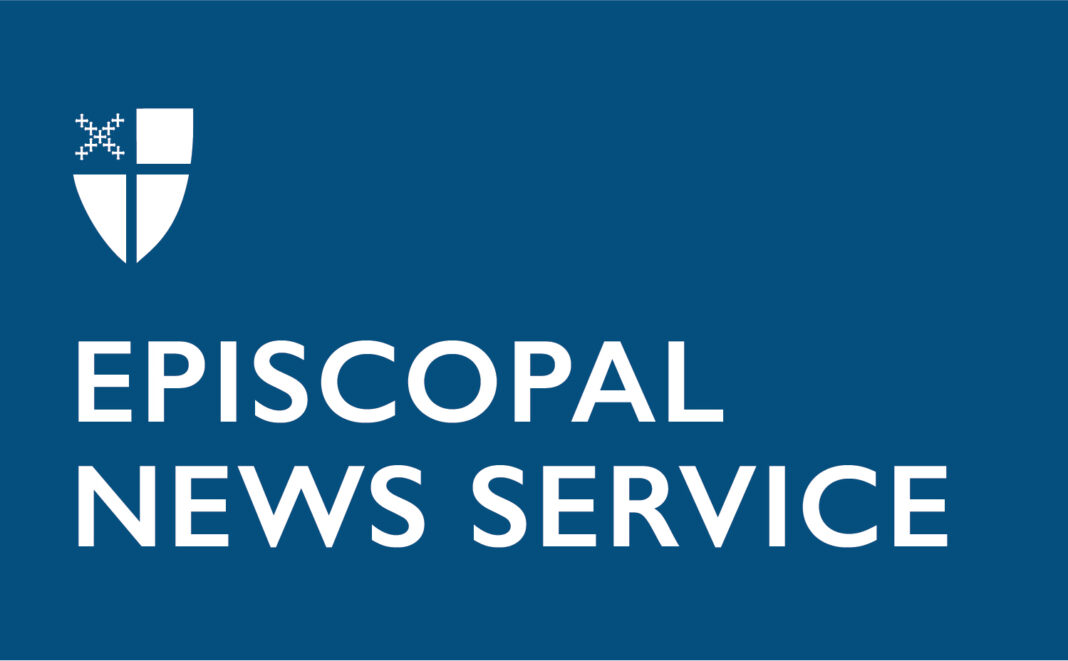Groundbreaking Ceremony for Reparations Memorial at Virginia Theological Seminary
On September 25, 2025, Virginia Theological Seminary (VTS) in Alexandria, Virginia, held a significant groundbreaking ceremony for a memorial dedicated to honoring the contributions of African Americans—both enslaved and free—who labored at the seminary from its founding in 1823 until 1951. This event marks an important step in the seminary’s reparative journey, acknowledging a long-neglected history and honoring those who significantly impacted the institution’s growth.
The Memorial’s Purpose and Vision
The upcoming memorial is an integral part of VTS’s Reparations Program, which has identified over 200 descendants of former laborers who will receive annual payments from a dedicated reparations endowment of $2.8 million. This initiative emphasizes the seminary’s commitment to confronting its historical injustices, particularly the unrecognized labor contributions made by over 557 African American workers.
As the Very Rev. Ian Markham, the seminary’s dean, stated, “Remembering the past is a Christian obligation. Forgetting is a sin.” This memorial serves as a powerful acknowledgment of those who toiled under unfair conditions and aims to create meaningful outcomes for the future.
Historical Context
The seminary’s history is intertwined with systemic injustices. From the start, some buildings, such as Aspinwall Hall, were constructed using enslaved labor. The initial faculty members included slave owners, and Black laborers faced severe restrictions, being largely excluded from campus life unless they were working. This segregation persisted until the mid-20th century, making the need for reparative action even more critical.
The Reparations Program began in 2019 and has since engaged in extensive historical research to better understand the contributions of 557 African American laborers. The ongoing efforts aim to identify 234 individuals whose identities remain unknown, led by Ebonee Davis-Hays, the seminary’s director of reparations.
Design Features of the Memorial
The memorial is being designed by the mother-and-daughter team of Martha Jackson-Jarvis and Njena Surae Jarvis. It will feature stained-glass windows set within ironwork, drawing inspiration from the architectural features present on the seminary’s grounds. One of the distinctive elements includes etchings honoring both known and unnamed laborers, symbolizing the breadth of their contributions and leaving space for future identifications.
The chosen location for the memorial is prominent, situated near Quaker Lane, making it a visible reminder of the past and a space for reflection.
Reparative Actions Taken
VTS has been proactive in its reparative initiatives. In 2021, it began making cash payments—around $2,100 each—to the oldest living descendants of the Black laborers who worked on campus. These beneficiaries, referred to as “shareholders,” also have access to facilities that their ancestors were denied, illustrating a tangible commitment to rectifying past wrongs.
In addition to direct reparations, VTS has strengthened its ties with local Black congregations, such as Meade Memorial Episcopal Church and Oakland Baptist Church. The seminary has allocated $20,000 in grants to support ministries run by alumni working within Black contexts, further emphasizing its commitment to community engagement and empowerment.
Reflection and Forward Movement
This memorial and the broader Reparations Program reflect the evolving narrative of accountability and healing within the Episcopal Church. The acknowledgment of historical injustices serves as a reminder of the institution’s responsibility to honor the memory of those who helped shape its foundation.
The work conducted by VTS signifies not only a geographical realignment—through literal ground being broken for the memorial—but also a moral reckoning, as the institution strives to foster an inclusive and equitable future, ensuring that the contributions of all are recognized and celebrated.



